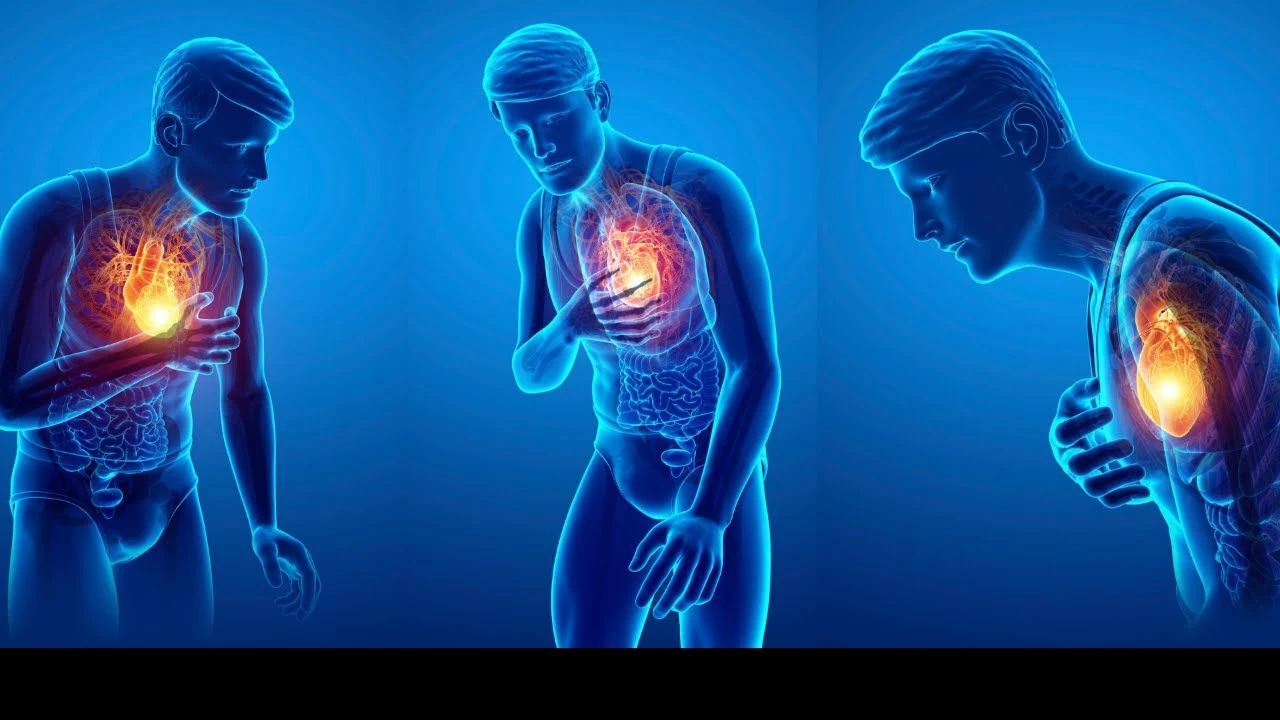Nutrition Made Easy: Real Tips for Everyday Health
Ever wonder why some diet plans leave you feeling sluggish while others keep you energized? The answer often lies in the details of what you eat, not just the big picture. In this guide we’ll break down simple steps to improve your meals, tackle common issues like acid indigestion on a keto diet, and give you tools you can use right now.
Start With Balanced Basics
A balanced plate doesn’t have to be complicated. Aim for half vegetables, a quarter protein, and a quarter whole‑grain carbs. This mix supplies fiber, vitamins, and steady energy without counting calories obsessively. Swap sugary drinks for water or herbal tea, and you’ll notice less mid‑day crashes.
If you’re new to tracking, use your hand as a guide: a palm‑sized portion of protein, a fist of carbs, and two fists of veggies. It’s quick, visual, and works in any kitchen. Over time your body will adjust, and cravings for processed snacks usually fade.
Handling Keto‑Related Acid Indigestion
Our recent post “Acid Indigestion and the Keto Diet: What You Need to Know” highlights a common hiccup on low‑carb plans. High fat intake can relax the lower esophageal sphincter, letting stomach acid creep up into the throat. Add to that coffee or spicy foods—both keto‑friendly but also known triggers—and you’ve got a perfect storm for heartburn.
Here’s what works in practice: first, identify your personal trigger foods and keep a short diary. Second, balance each high‑fat meal with alkaline options like leafy greens, cucumber, or avocado. Third, space out coffee to earlier in the day and pair it with a small protein snack to blunt its acid‑raising effect.
Another quick fix is sipping warm water mixed with a dash of baking soda after meals—just a teaspoon in an 8‑oz glass. It neutralizes excess stomach acid without adding calories. If symptoms persist, consider cutting back on the fattier cuts of meat and opting for fish or poultry, which are easier on the digestive system.
These tweaks don’t mean you abandon keto; they just make it more tolerable. You’ll still enjoy the benefits of ketosis while keeping your gut happy.
Beyond keto, remember that any diet can cause indigestion if you skip fiber or eat too quickly. Chew each bite thoroughly and give yourself 20‑30 minutes before the next course. Your stomach needs time to process food, and a slower pace reduces pressure that forces acid upward.
Putting it all together, good nutrition is about consistency, listening to your body, and making tiny adjustments that add up. Try one change this week—whether it’s adding an extra vegetable serving or swapping late‑night coffee for herbal tea—and notice how you feel. Small steps create lasting habits, and those habits keep you feeling great without the guesswork.
Ready to explore more nutrition topics? Browse our article library for deeper dives on vitamins, supplements, and meal planning strategies that fit any lifestyle.

I recently explored the connection between acid indigestion and the keto diet, and I have some important information to share. It turns out that the high fat content of the keto diet can actually trigger acid reflux in some people. Additionally, some common keto-friendly foods, like coffee and spicy dishes, may exacerbate these symptoms. However, there are ways to mitigate this issue, such as avoiding trigger foods and incorporating more alkaline foods into your meals. It's essential to listen to your body and make the necessary adjustments to ensure a comfortable and successful keto journey.
Read More